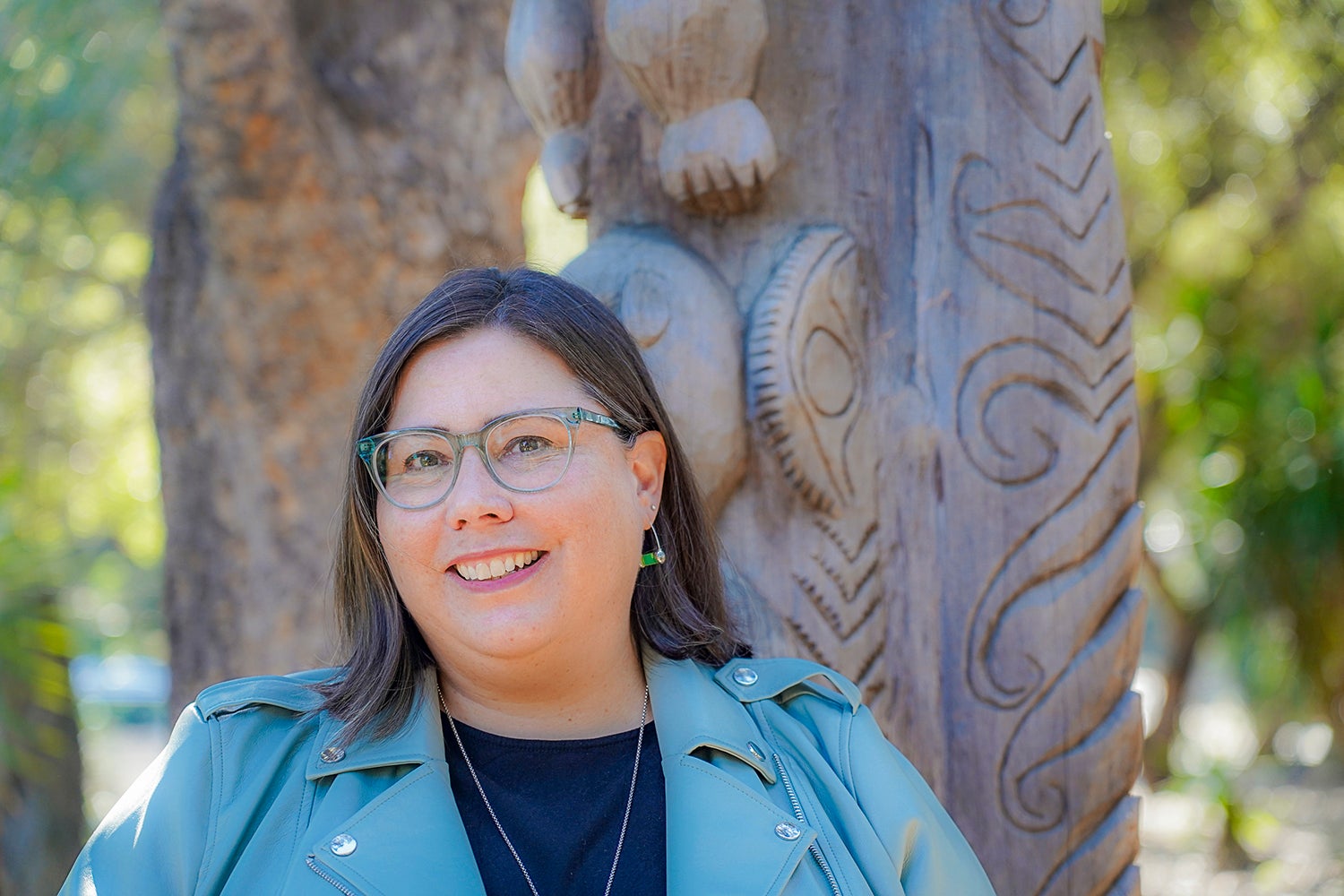Stanford welcomes new director of Center for Teaching and Learning
CTL’s new director, Cassandra Volpe Horii, will work closely with faculty and staff across campus to foster best practices in teaching and learning at Stanford.
Cassandra Volpe Horii has joined Stanford as its new director of the Center for Teaching and Learning (CTL) and associate vice provost for education. Her appointment began Feb. 7.

Cassandra Horii has joined Stanford as its new director of the Center for Teaching and Learning and associate vice provost for education. (Image credit: Carlos Seligo)
Horii will work closely with Vice Provost for Undergraduate Education Sarah Church and Vice Provost for Graduate Education and Postdoctoral Affairs Stacey Bent to foster best practices in teaching and learning for Stanford’s undergraduate and graduate student communities as well as support faculty, instructors and teaching assistants in their classroom teaching.
“I’m thrilled to join the Stanford community, especially at this time,” Horii said. “The CTL team, in collaboration with colleagues in VPUE, VPGE and across campus, have done a tremendous job supporting teaching and learning through both pandemic-related changes and initiatives focused on inclusion, diversity, equity and access in a learning environment (IDEAL). The opportunity to join such a strong team and contribute to the next phase of teaching and learning at this world-leading institution is truly unique.”
Horii succeeds Mariatte Denman, who retired as CTL’s director last summer. Gloriana Trujillo, the center’s director of faculty and lecturer programs, had served as the center’s interim director and associate vice provost since Denman’s departure.
Horii most recently worked at Caltech where she was the assistant vice provost and founding director of the Center for Teaching, Learning and Outreach. She has taught both undergraduate and graduate-level courses on topics that include university teaching and learning in STEM, atmospheric science and environmental chemistry and expository writing. Her scholarship has included the role of centers for teaching and learning in institutional change and accreditation, the experiences of faculty with disabilities, inclusive and equity-minded teaching and mentoring, educational spaces and technologies, teaching consultation methods and projects related to writing and visual rhetoric in higher education. She also serves as a member of the National Academies Roundtable on Systemic Change in Undergraduate STEM Education and previously served as president of the POD Network in Higher Education.
Among her early priorities: Horii looks forward to focusing on strategic planning for the center in collaboration with CTL staff, faculty, students and colleagues in VPUE, VPGE and other parts of campus. Given the many changes and necessary educational innovations during the past two years, she thinks this is a particularly interesting and important time to envision the future of teaching and learning support at Stanford together, and in ways that center IDEAL and sustainable approaches. She is also interested in exploring how partnerships among students, instructors and staff can further strengthen the educational experience at Stanford, from the first year through capstone experience for undergraduates, and in graduate programs.
“Learning and teaching can be difficult, joyful and risky work – both roles regularly take us to the edge, and beyond, of what we know and can already do,” said Horii. “That’s a place with great potential for cultivating belonging, curiosity and positive change, which I’m really looking forward to doing with the Stanford community.”
The Center for Teaching and Learning supports evidence-based and inclusive learning and teaching practices, educational programs and training, community building and strong collaborations and partnerships with Stanford schools, departments and other offices. CTL’s services include the annual Course Design Institute, support for student learning at all levels, iPads for teaching and learning and other academic technologies, and individual consultations and mid-quarter student feedback. Recent initiatives include the IDEAL Pedagogy program in support of the university’s IDEAL goals, ongoing collaborative development of the Teaching Commons and the TEACH Symposium series.
Learn more about CTL at the Center’s website.